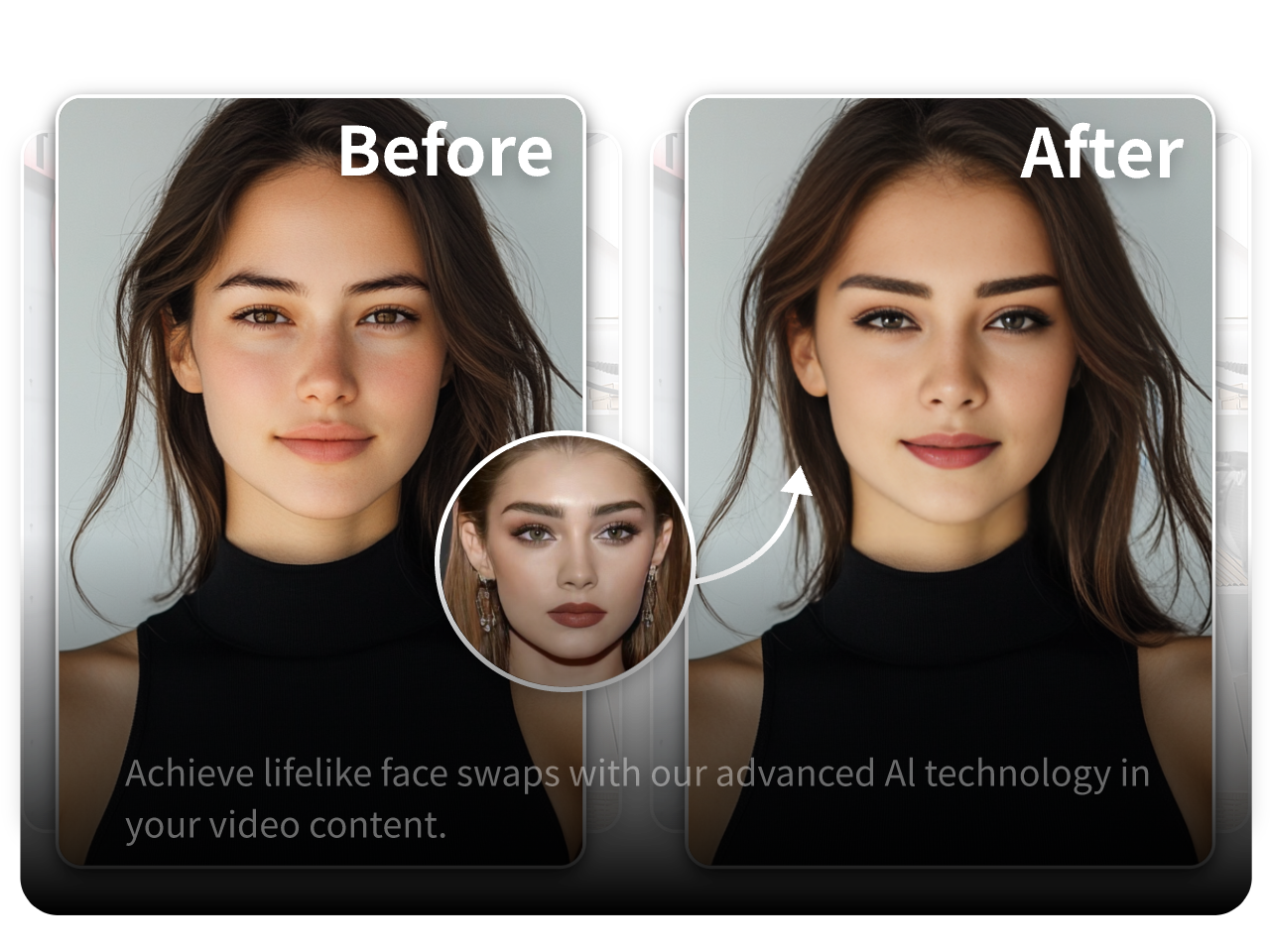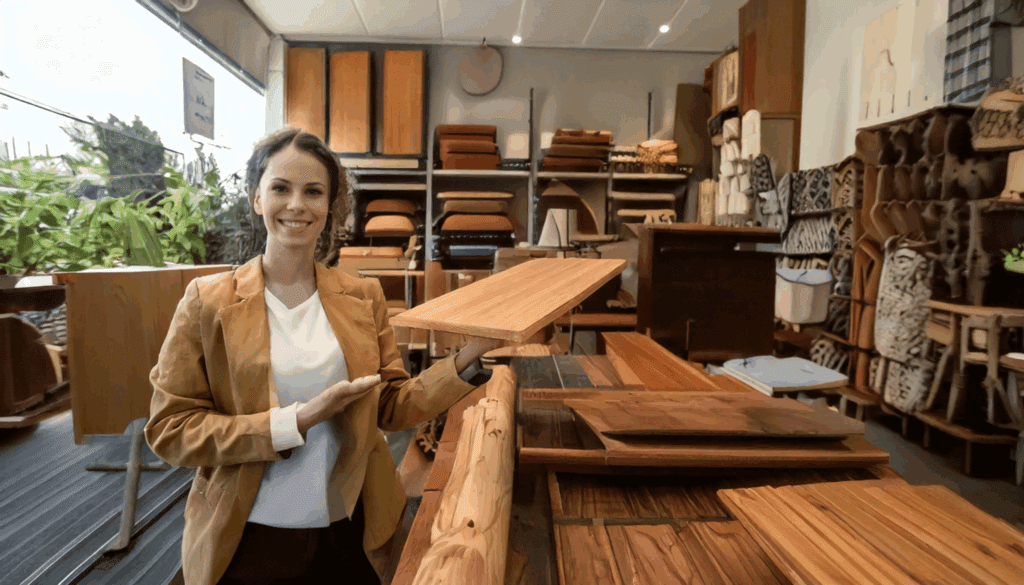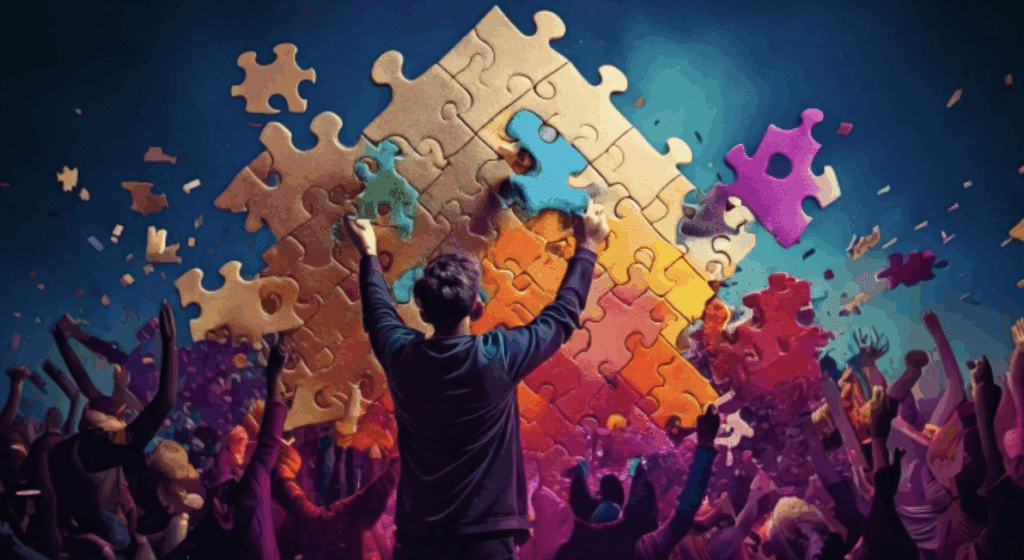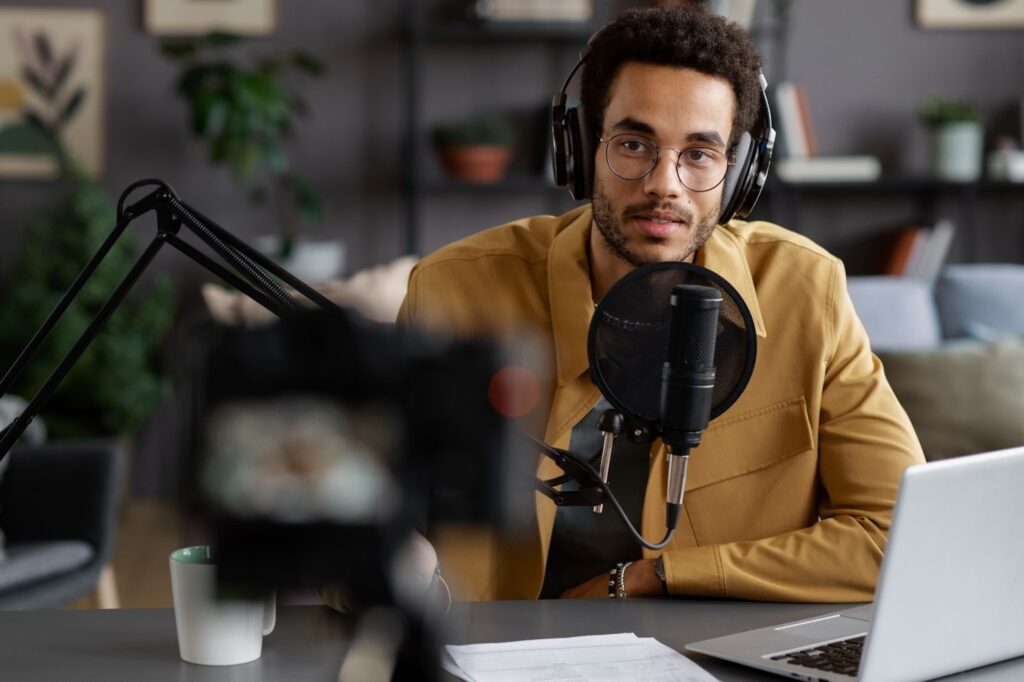Top AI Face Generator and Swapping Tool
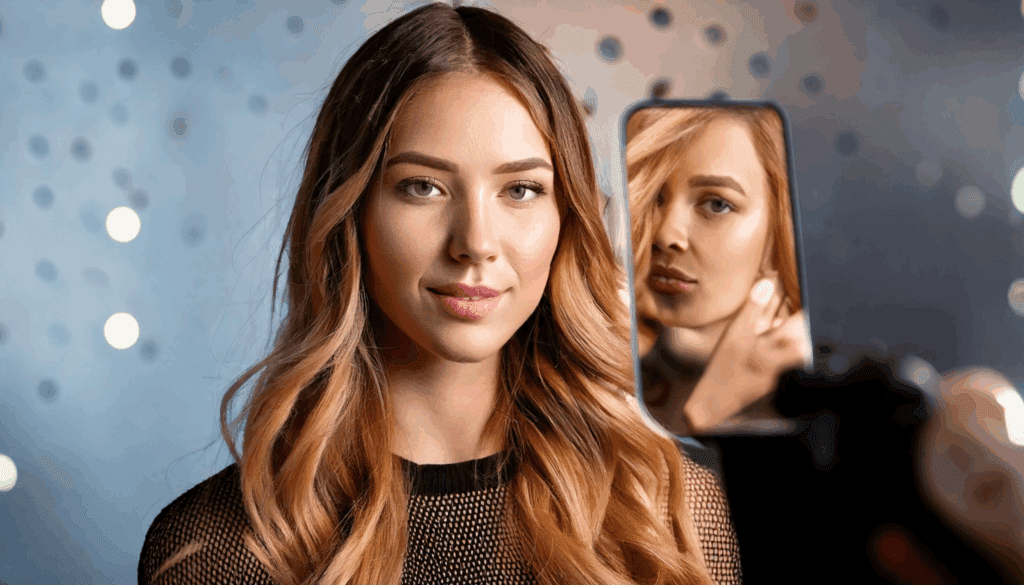
Do you want fast face swaps that look real? This guide reviews the top AI Face Generator and face swapping tools for marketers. You learn what they do, who should use them, where they fit in a workflow, and how to build a safe setup. It includes a comparison table, a realism checklist, and FAQs.
What is an AI Face Generator and Face Swap tool?
AI Face Matching + Video Generator
Upload a photo to find a match and generate a short AI video with VidAU.
An AI face generator creates synthetic faces or upgrades real ones. A face swap tool replaces the face in a target image or video with a source face. Modern systems track eyes, mouth, and jaw. They match lighting and skin texture. You can also fix edges with inpainting and add micrograin for realism.
Core features to expect
- Identity swap in images and video
- AI skin texture and lighting match
- Mouth and eye tracking for speech
- Inpainting in Runway to repair edges
- Real time faceswap options for live demos
- Safety filters and consent logs
Who should use these tools and who should avoid them?
Good fits include e-commerce marketers, drop shippers, small business owners, and digital marketers. Use cases include UGC ads, concept previews, and thumbnails. Avoid political impersonation or medical claims. Secure consent for any real person. Keep brand safety first.
Where do AI Face tools help in a marketing workflow?
Use them to test creative angles fast. Build thumbnails with better expressions. Localize a demo by swapping in an on-brand presenter. Create mockups for clients before a real shoot. For video ads, use swaps to preview styles, then finalize with a safer, consented talent pipeline.
Placement ideas
- Paid social variants
- Organic TikTok and Reels
- Landing page hero images and A/B tests
When should you choose AI over practical effects?
Pick AI when you need speed, volume, and remote production. It helps when you must test many faces or emotions in one day. Choose practical methods for high-stakes shoots that demand full authenticity in camera.
When to avoid AI
- Sensitive topics with PR risk
- Endorsements without written consent
- Content that could mislead viewers
Why do some face swaps look fake and how do you fix them?

Most failures come from light mismatch, wrong head angle, and low source quality. Lip movement may drift from audio. Fix this by matching light color and direction, using high-resolution sources, and aligning jaw motion to speech beats. Add micro skin texture and light film grain to blend the face with the scene.
Realism checklist
- Match key light direction and color temperature
- Use 2 to 5 source angles per identity
- Keep focal length consistent across shots
- Add AI skin texture, then a subtle grain layer
- Cut on plosives and breaths to hide micro drift
How do you build a face swap workflow from start to finish?
- Collect consented source faces at 2 to 5 angles.
- Capture target footage with even light and steady framing.
- Generate the first pass in your chosen tool.
- Repair edges with inpainting in Runway.
- Add AI skin texture and a light grain pass.
- Review on mobile. Fix captions and safe zones.
- Export and document consent with version notes.
Notes for real time faceswap
- Use mid shots and keep the camera stable
- Limit rapid head turns
- Test voice timing before the final export
Which AI Face tools fit each job?
Match the job to the tool. Use an offline swap for ad quality. Use real time faceswap for live demos and streams. Use Runway inpainting to clean edges or hair.
| Tool | Type | Best for | Realism controls | Inpainting | Real time | Notable strengths |
| Remaker AI | Image + Video | Clean swaps for ads | Skin texture, light match | Yes | No | Simple UI, fast preview |
| Runway Inpainting | Video | Edge fixes, hair, makeup | Masks, frame repair | Yes | No | Strong cleanup and rotoscoping |
| Video Express 2.0 | Video | Fast social-ready swaps | Face tracking, lip align | Basic | Limited | Quick renders for short clips |
| Real time faceswap | Live | Streams and demos | GPU tuning, face anchor | N/A | Yes | Live previews for creators |
What delivers real information gain here?
You get a practical comparison of AI tools, a step-by-step repair flow with inpainting in Runway, and a realism checklist that includes AI skin texture. You also get a clear trade-off between realistic silicon face masks and AI real-time faceswaps, plus an ethics note on “getting real faces on ChatGPT.”
How do AI faces compare with realistic silicon masks?
Silicon masks look tactile in camera. They capture light and micro shadows well. They cost more and limit expressions. AI faces are flexible and cheap at scale. Real-time faceswap gives live previews but needs strong hardware and steady framing. For paid ads, an offline AI swap with an inpainting pass often balances realism and control.
Decision guide
- Need a live demo today: real time faceswap
- Need ad-grade realism with edits: AI swap plus inpainting
- Need true tactile texture in camera: silicon mask, then a light cleanup pass
How do you search, rate, and audit faces safely?
Use AI face search only with explicit consent. Store releases. If you test an ai face rater, treat scores as directional, not as truth. Build an audit log for each export. Keep a record of prompts, settings, and source IDs. This protects your team and partners.
Are there safe ways to show “real faces” in chat and demos?
Do not present a real person’s identity without written consent. Use stock avatars or synthetic faces for chat demos. Label them clearly. If a client asks for a celebrity style, steer to broad styles, not a specific identity.
Visual Flow Diagram
Flow: Source capture → Face swap generate → Inpainting in Runway → AI skin texture and grain → Lip and jaw check → Mobile review → Export and log consent
Conclusion
Pick the right tool for the job. Use Remaker AI or Video Express 2.0 for fast swaps. Repair edges with Runway inpainting. Add AI skin texture and a light grain to sell the shot. Use real time faceswap for live demos only. Always secure consent and log your workflow. That path keeps results high and risk low.
FAQs
What is an AI face generator, and how is it different from a face swap tool?
A generator creates synthetic faces or upgrades real ones. A swap tool replaces a face in a target image or video with a source identity. Many workflows use both for better realism and control.
How do I improve skin texture and lighting in a face swap?
Match light direction and color temperature. Use high-resolution source images. Add an AI skin texture pass. Finish with a subtle grain layer to blend the face with the scene.
Where can I fix edges, hair, or artifacts after a swap?
Use inpainting in Runway. Mask the problem areas, then repair frame by frame or in tracked segments. Check hairlines, teeth edges, and glasses reflections on a phone screen.
When should I use real time faceswap instead of offline rendering?
Use real time for live streams, demos, and quick previews. Use offline rendering for paid ads, brand films, and any case where you need precise edits and the highest realism.
Is a silicon mask more realistic than AI for ads?
Silicon masks look real in camera but limit expressions and require a shoot. AI swaps are flexible and faster. For ad work, a well-lit AI swap plus inpainting often delivers a strong balance of realism and speed.
How do I stay compliant and avoid risky use cases?
Get written consent for any real identity. Avoid political impersonation and medical claims. Keep an audit log of sources, prompts, and settings. Label synthetic media when it helps clarity.
Can I run these tools on a standard laptop?
Simple image swaps run on many laptops. High-quality video swaps and real time faceswap need a strong GPU. If hardware is limited, render offline or use a cloud service.
